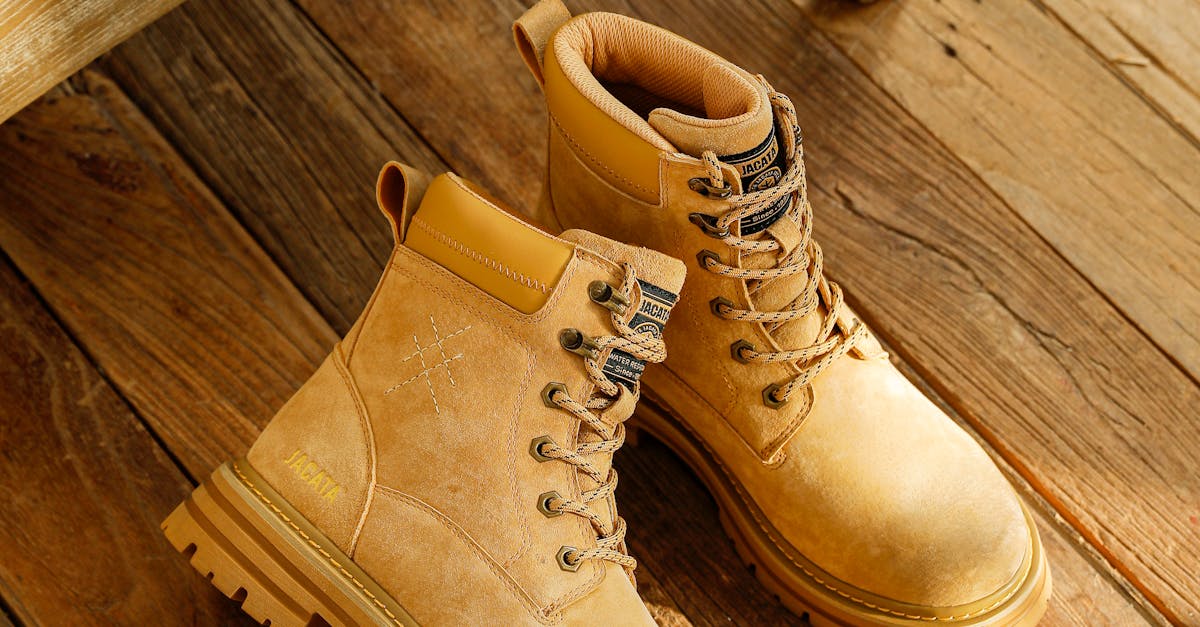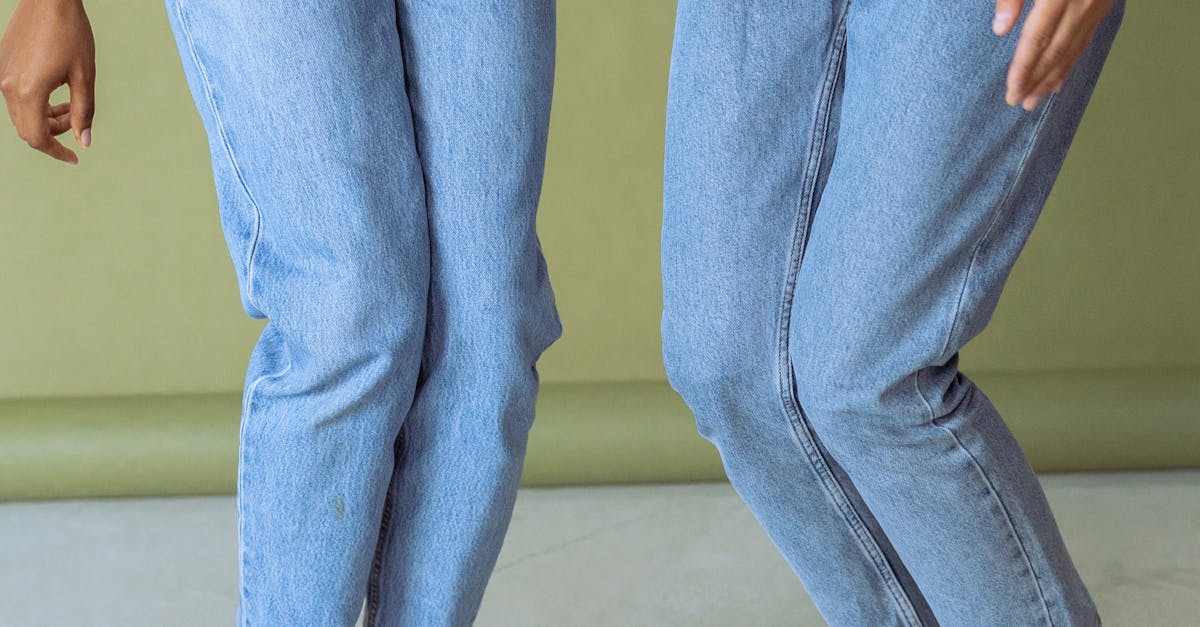
Table Of Contents
Incorporating Accessories and Footwear
Incorporating accessories and footwear into custom built-in wardrobes optimises storage space and enhances overall organisation. Consider dedicating specific sections for items like bags, hats, and jewellery. Use drawer dividers and shallow trays to keep small accessories neatly arranged. Incorporate hooks or small shelving units for scarves and belts, ensuring they are easily accessible. For footwear, add a tiered shoe rack or cubby holes that allow for visibility and easy retrieval of shoes, whether it's boots, heels, or everyday sneakers.
Maintaining a clean and organised space is key to preserving the functionality of custom built-in wardrobes. Regularly assess your accessories and footwear collection to declutter any items that are no longer in use. This not only keeps your wardrobe space tidy but also allows you to appreciate the items you truly love. Implementing a seasonal rotation for footwear can keep your wardrobe fresh. Keep a designated area for current season essentials while safely storing out-of-season items.
Designing Dedicated Spaces for Accessories
Designing dedicated spaces for accessories within custom built-in wardrobes can significantly enhance both functionality and aesthetics. Consider the specific types of accessories you own, such as belts, scarves, and jewellery, and allocate designated areas for each. This not only keeps items organised but also makes them easily accessible. For instance, shallow drawers can accommodate folded scarves, while small dividers within drawers can keep jewellery untangled and visible. Adding hooks on the inside of wardrobe doors can provide space for hanging belts or necklaces, ensuring every piece is neatly displayed.
Additionally, incorporating a mix of open and closed storage enhances the visual appeal of your wardrobe. Open shelves work well for frequently used items, allowing for quick access and easy viewing. Use decorative boxes or bins to house lesser-used accessories while maintaining a cohesive look. Custom built-in wardrobes can be tailored to include these features, ensuring that all your accessories are showcased beautifully and remain clutter-free. Opting for materials and colours that complement your overall interior design can also contribute to a harmonious space.
Maintaining Your Wardrobe
Regular maintenance of custom built in wardrobes ensures that your space remains functional and aesthetically pleasing. Start by reviewing the contents of your wardrobe seasonally. This allows you to identify items that may no longer serve you. Assess clothing and accessories for wear and tear, and consider donating items that no longer fit your lifestyle. A systematic approach prevents clutter from accumulating and keeps your wardrobe feeling fresh.
Incorporating an organising routine can greatly enhance the longevity of your wardrobe. Dedicate a specific time each month to tidy and reorganise your custom built in wardrobes. During this time, you can clean shelves, wipe down surfaces, and rearrange items for easy access. This consistent upkeep not only prolongs the life of your clothes but also creates a harmonious space tailored to your needs.
Creating a Regular Organising Routine
A regular organising routine is essential for maintaining the efficiency of custom built-in wardrobes. Setting aside time each week to assess their contents can help prevent clutter from building up. Begin by evaluating what items are frequently used and what can be stored away or donated. This proactive approach keeps your wardrobe functional and makes it easier to locate items when needed.
Incorporating a seasonal review of your custom built-in wardrobes can further streamline the process. As the seasons change, swap out clothing and accessories to keep everything relevant and easily accessible. This practice not only ensures a tidy space but also provides an opportunity to rediscover items that may have been forgotten. Regularly reassessing your wardrobe contributes to an overall sense of order and enhances the functionality of your space.
Customising for Family Needs
When customising a wardrobe for a family, consider the varied needs of each member. Custom built in wardrobes can be designed with specific compartments tailored to different ages and lifestyles. For instance, children's sections might include lower hanging rails and open shelves for easy access, while adults may require more hanging space and drawers to store folded clothes. Incorporating a mix of hanging areas, shelving, and drawers ensures that everyone’s clothing and accessories can be stored efficiently.
Implementing a shared space for frequently used family items can also enhance functionality. Consider allocating drawers or bins in custom built in wardrobes for communal items like blankets, shoes, or sports gear. This approach not only promotes organisation but also fosters a sense of belonging and responsibility among family members, making it easier for everyone to find and return items to their designated spots. Custom design elements such as labels or colour coding can further streamline the process, ensuring each member knows where to find their belongings.
Tailoring Spaces for Different Users
When designing custom built-in wardrobes, it is essential to consider the specific needs of each family member. A family's wardrobe requirements can vary significantly. Children may need lower hanging rods and easy-access shoe storage, while adults might prefer dedicated spaces for formal wear and a larger selection of accessories. Tailoring wardrobe spaces for different users can enhance functionality while ensuring that everything remains organised and accessible.
Incorporating flexibility into the design of custom built-in wardrobes allows users to adapt their spaces as needs change. For example, adjustable shelving can accommodate varying shoe sizes or seasonal clothing requirements. Implementing pull-out drawers for smaller accessories can help keep the wardrobe tidy, catering to individual preferences. By personalising each section, the wardrobe becomes not just a storage solution but a reflection of each user's style and lifestyle.
FAQS
What are some effective ways to incorporate accessories into my built-in wardrobe?
To effectively incorporate accessories, consider adding dedicated drawers or compartments specifically designed for items like belts, scarves, and jewellery. Using clear storage bins or organisers can also help keep smaller items visible and easily accessible.
How can I create a dedicated space for footwear in my custom wardrobe?
Designate a lower shelf or drawer specifically for footwear, ensuring it's easily reachable. Consider using shoe racks or stackable containers to maximise space and keep your shoes organised. Adjustable shelving can also accommodate different shoe heights.
What maintenance routine should I establish for my wardrobe?
Create a regular organising routine by setting aside time weekly or monthly to declutter, reorganise, and assess your wardrobe. This can include rotating seasonal items, donating clothes you no longer wear, and ensuring everything is in its designated place.
How can I tailor my wardrobe spaces for different family members?
To tailor spaces for different users, consider personalising sections of the wardrobe with different layouts or storage solutions that cater to each family member's needs. Use labels or colour coding to differentiate spaces, ensuring each person knows where their items are stored.
What are some tips for maintaining an organised built-in wardrobe over time?
To maintain an organised wardrobe, make it a habit to regularly evaluate your belongings, remove items that you no longer use, and keep like items together. Additionally, consider seasonal swaps and storage solutions that allow for easy visibility and access.
